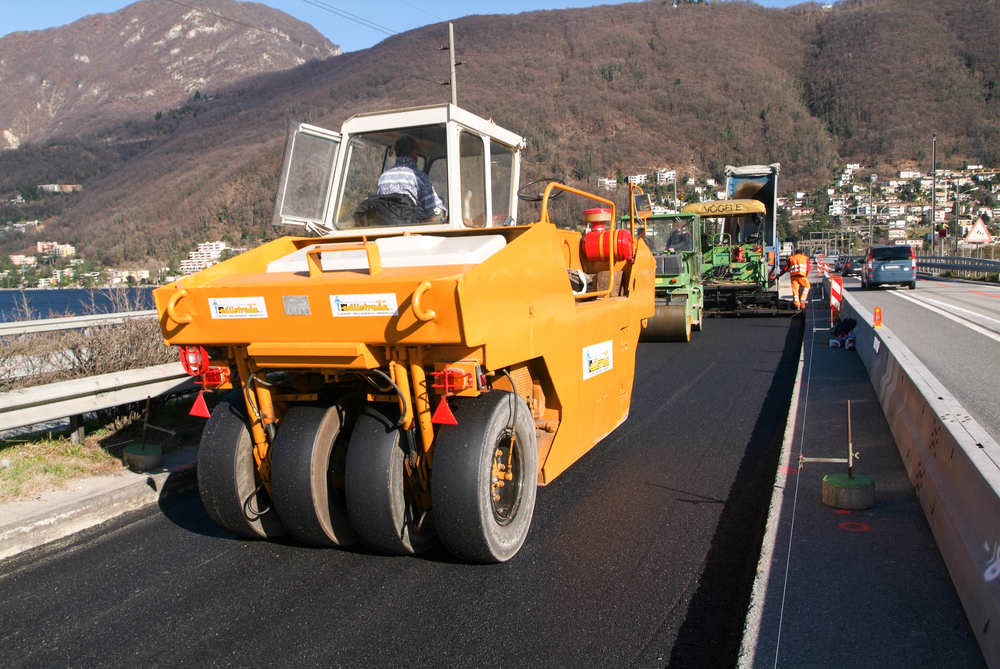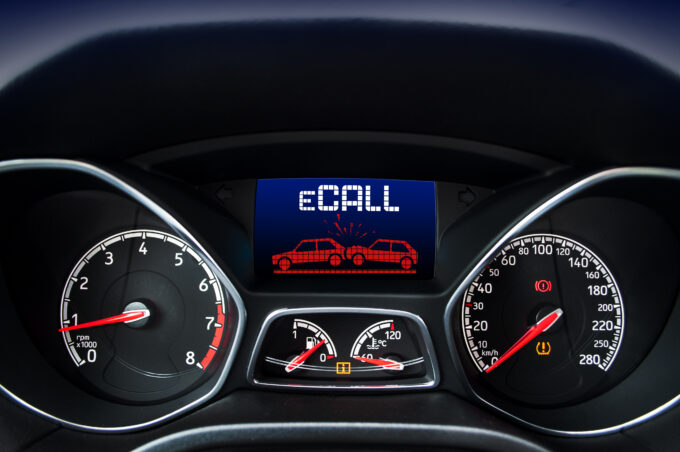National road network: no safety deficiencies
The Federal Roads Office has published the second report on the condition of the national road network. It concludes that the network is still in a good overall condition. In order to maintain this condition, more investments in maintenance will be necessary in the future, as the Astra writes.

The current Status report shows that the national road network remains in good overall condition and is well maintained. Due to the aging of the national roads, the increasing load and the growth of the network - due to the completion of the network and the takeover of around 400 kilometers of cantonal roads by the federal government as of 2020 - maintenance costs will tend to rise. With the National Roads and Agglomeration Transport Fund (NAF), the electorate has created the conditions to secure the necessary finances. In the future, the Federal Roads Office (Astra) will use the available funds in an even more targeted and efficient manner, make better use of the leeway in norms and standards in maintenance and thus maximize the value per invested franc, according to the press release.
Roadway and pavement: 1% rated critical
The condition survey covered the carriageways and pavements, engineering structures, tunnels and underground structures, as well as the operating and safety equipment. Almost 95 percent of the roadways and pavements were rated as good or average, 4 percent as adequate and 1 percent as critical (critical = major damage with no impact on structural or traffic safety; requiring intervention in the medium term). No roadways or pavements were found to be classified as poor, which would require urgent intervention.
Among the engineered structures, 89 percent are rated as good or acceptable, 10 percent as damaged (damaged = moderate damage with no impact on safety; would require tighter monitoring), and 1 percent as poor (poor = major damage with no impact on structural or traffic safety; would require intervention in the medium term). No artificial structure was classified as alarming (would require urgent measures). Safety is guaranteed at all times, even for the structures rated as poor. In order to maintain a good quality level in the long term, the federal government wants to invest more in the maintenance of the engineering structures, Astra reports.
Tunnels and underground structures: 4% rated as bad
Eighty percent of the tunnels and underground structures are in good or acceptable condition, 16 percent are damaged (damaged = moderate damage with no effect on safety; require tighter monitoring) and 4 percent are rated poor (poor = major damage with no effect on structural or traffic safety; require intervention in the medium term). Again, no structure was rated as alarming. For operational and safety facilities, 20 percent of the facilities were rated good and 80 percent were rated acceptable. This reflects the high safety level of Swiss national roads, as Astra emphasizes.
Furthermore, the report also shows for the first time the status of the expansion of the national road network with regard to improving traffic flow, environmental protection (noise and water protection, wildlife corridors) and measures to improve road safety (e.g. improving tunnel safety, heavy traffic control centers, protection against natural hazards).
Source: Press release Astra









